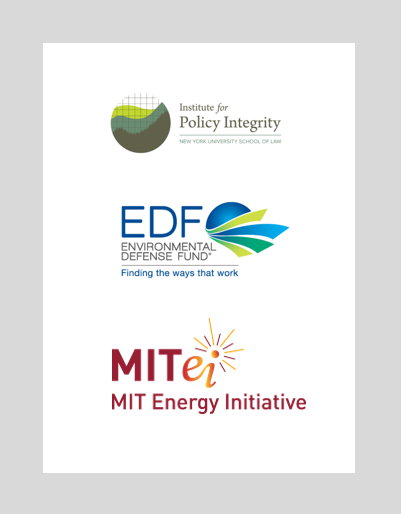Policymakers across the world are starting to look to residential energy customers and behind-the-meter distributed energy resources (DERs) such as rooftop solar panels, energy storage systems, smart appliances, and heating electrification as part of the solution to combat climate change. However, because the deployment and operation of these technologies are determined by the incentives residential customers face – through retail electricity tariffs – if or how much they reduce emissions is uncertain.
In this paper, we use an economics-engineering simulation model to analyze how different types of residential retail tariff designs such as time-of-use, critical-peak pricing, and fully cost-reflective tariffs affect DER deployment and use, and, hence, the resulting emissions of CO2, SO2, and NOx in the Commonwealth Edison service territory in Chicago. Our results show that in the short term retail tariffs can help or hinder environmental goals through their effect on DER deployment and consumption behavior, emphasizing the importance of pairing DER policy initiatives with decarbonization efforts at the wholesale electricity level. Further, we show that the effectiveness of other climate policies such as a carbon tax can vary depending on the granularity of tariff designs, highlighting the importance of considering retail tariff design in climate policy discussions.

